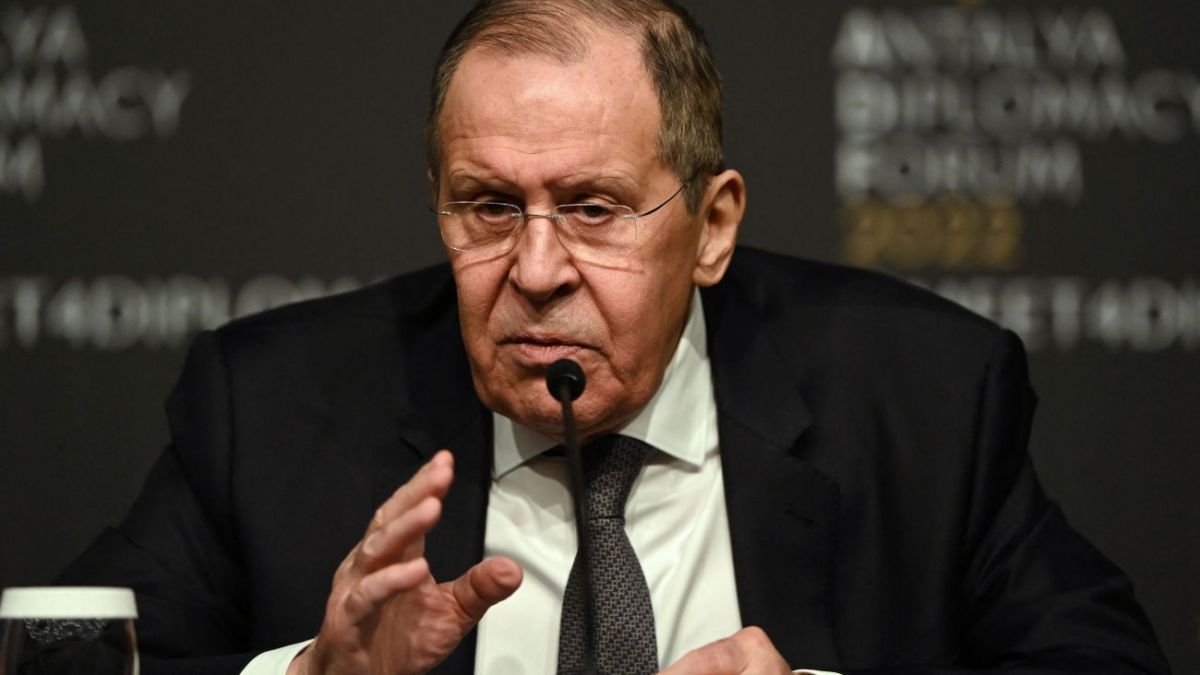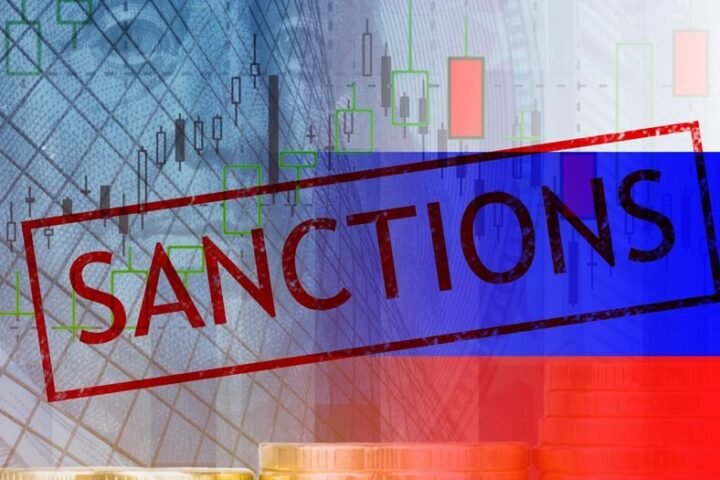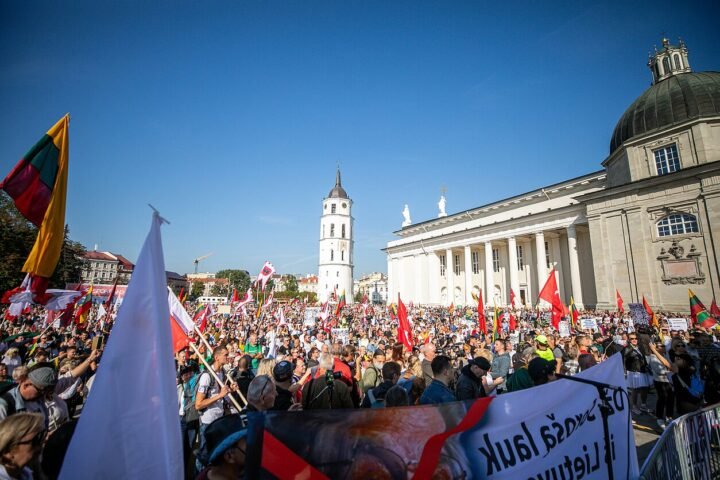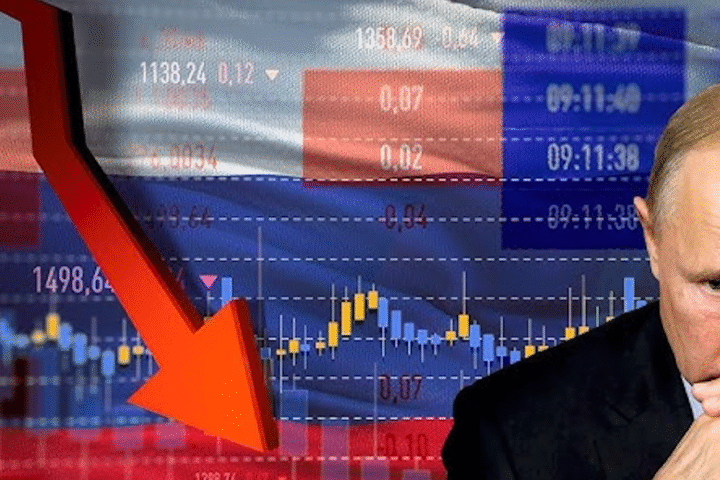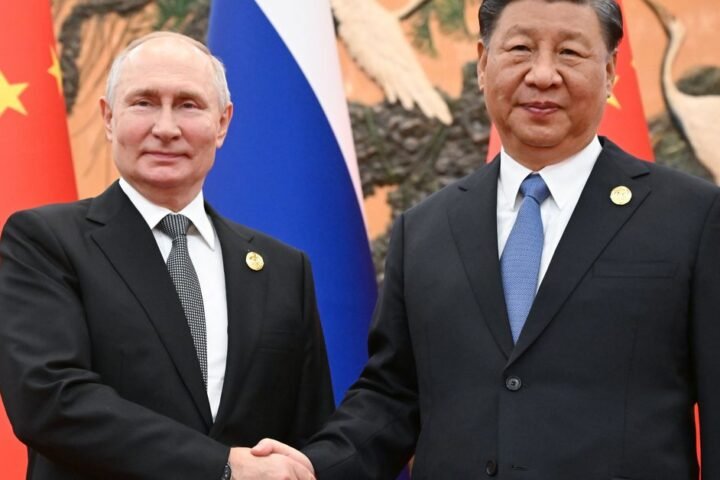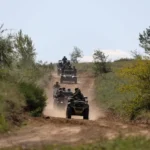On August 24, 2025, Russian Foreign Minister Sergey Lavrov outlined Moscow’s position in an English-language interview on NBC’s Meet the Press, insisting that peace with Ukraine is only possible if Kyiv renounces NATO membership in exchange for “big power” security guarantees. He added that territorial issues must be addressed separately, while ruling out any planned meeting between Vladimir Putin and Volodymyr Zelensky, claiming that “the agenda is not ready.” Lavrov also accused the West of blocking talks and denied Russian strikes on civilians, asserting that Moscow targets only military and industrial sites.
Moscow’s demands seen as capitulation framework
Lavrov reiterated demands long rejected by Kyiv: Ukraine must abandon its NATO aspirations, accept vague security guarantees from major powers, and effectively acknowledge Russia’s territorial claims. Far from a roadmap to peace, these terms resemble a step-by-step capitulation designed to freeze the conflict on Moscow’s terms and preserve leverage over Ukraine’s future security and sovereignty.
Undermining negotiations by delegitimizing Kyiv
The foreign minister further undermined the prospect of talks by declaring that President Zelensky is “illegitimate,” a statement that blocks any possibility of direct negotiations regardless of potential agreements. This tactic shifts blame onto Ukraine and its allies, portraying Kyiv as unwilling to pursue peace while Moscow sets deliberately impossible preconditions.
Justifying further strikes on infrastructure
Lavrov also dismissed concerns over attacks on civilian-linked infrastructure. Asked about a strike on an American-owned facility in Ukraine, he insisted Russia targets only “military and industrial” sites, citing “reliable intelligence.” This rhetoric suggests any plant, warehouse, or transport hub could be designated as a military target, opening the door to continued strikes against energy facilities, logistics networks, and assets involving U.S. capital.
An information campaign for the US audience
By appearing on a prime-time U.S. political program, the Kremlin sought to influence American public opinion. Lavrov framed Russia’s aggression as defensive, blamed Europe for prolonging the war, and presented concessions from Ukraine as the “simple solution.” The aim, analysts note, is to weaken bipartisan consensus in Washington and drive a wedge between the United States and its European allies ahead of decisions on further aid to Kyiv.
Escalation risks in Moscow’s “red lines”
Moscow also underscored its red lines: no NATO missions, no expansion of allied presence, and neutrality for Ukraine under external guarantees. These terms amount to a Russian veto over Kyiv’s defense policy and foreign relations. Any hypothetical Western training or security mission in Ukraine could be cast as a casus belli, raising—not reducing—the risk of further escalation.
Playing the Trump factor with illusory concessions
Lavrov’s performance also targeted U.S. domestic politics. While Vice President J.D. Vance has promoted the narrative that Moscow is ready to respect Ukraine’s territorial integrity, Lavrov’s remarks undercut those claims by rejecting Zelensky’s legitimacy and Ukraine’s right to collective defense. Instead of signaling readiness for compromise, the Kremlin used the interview to delay, humiliate, and position Washington as the sole “peace mediator,” while casting the EU as a “partner in war.”
